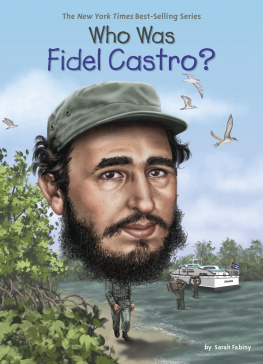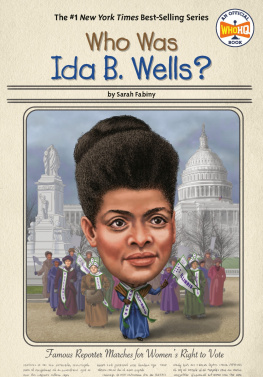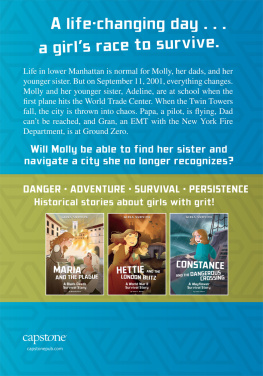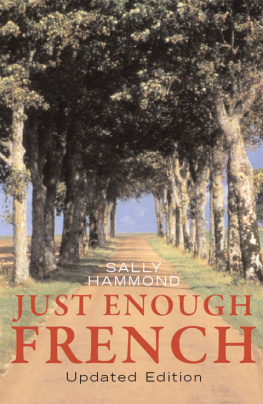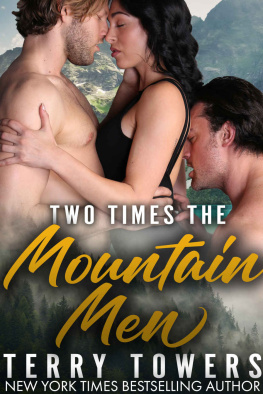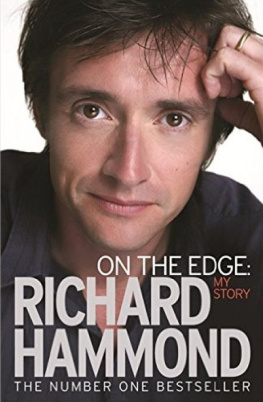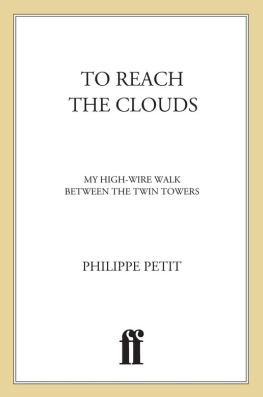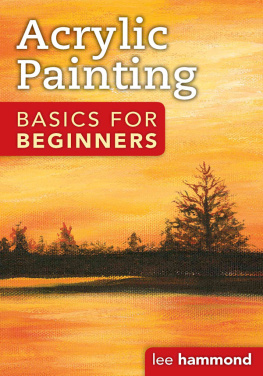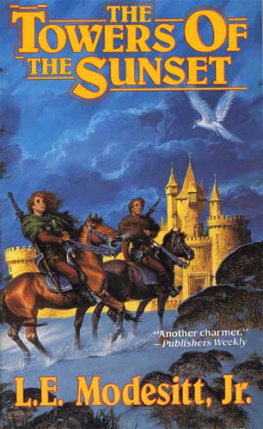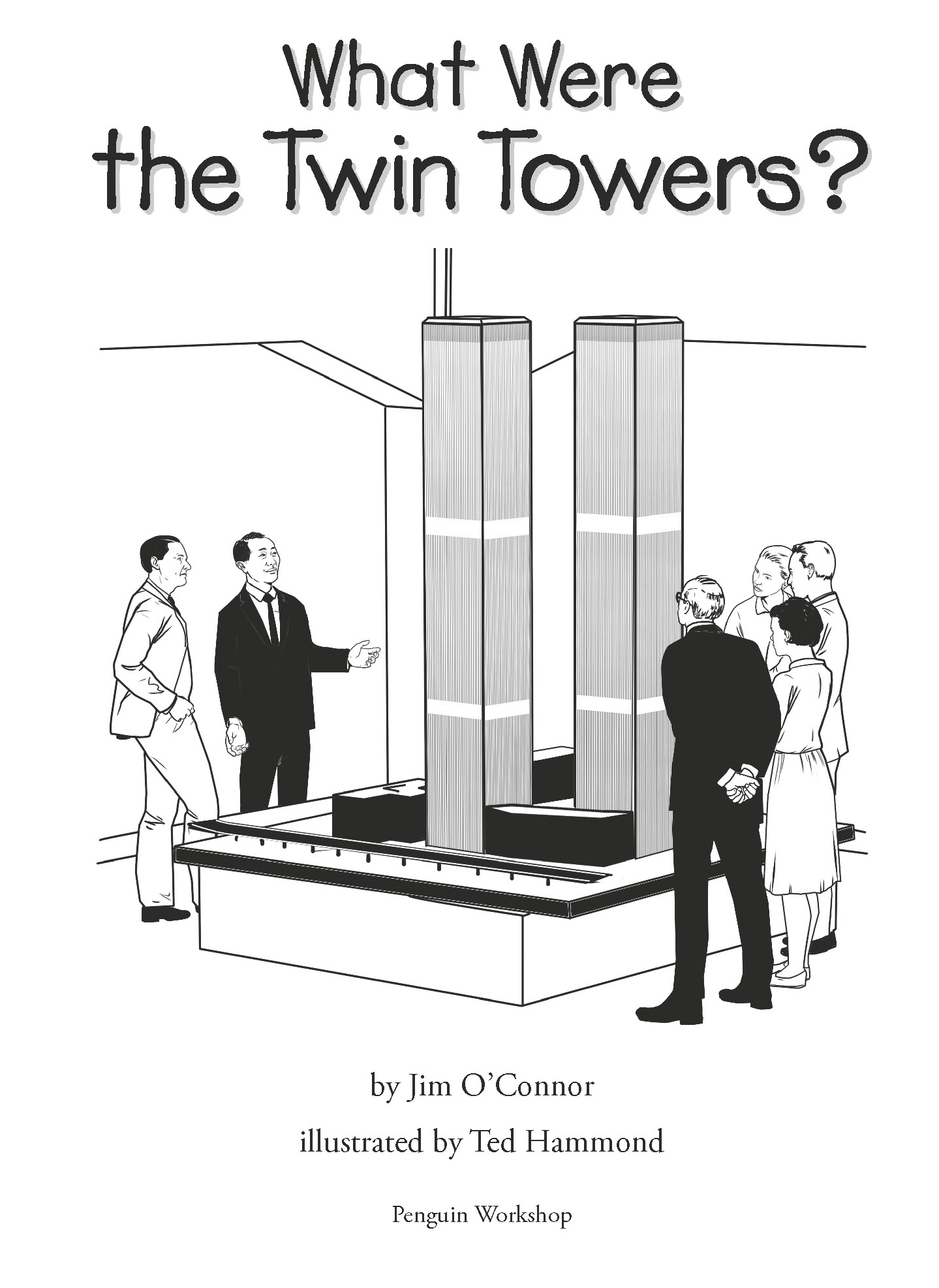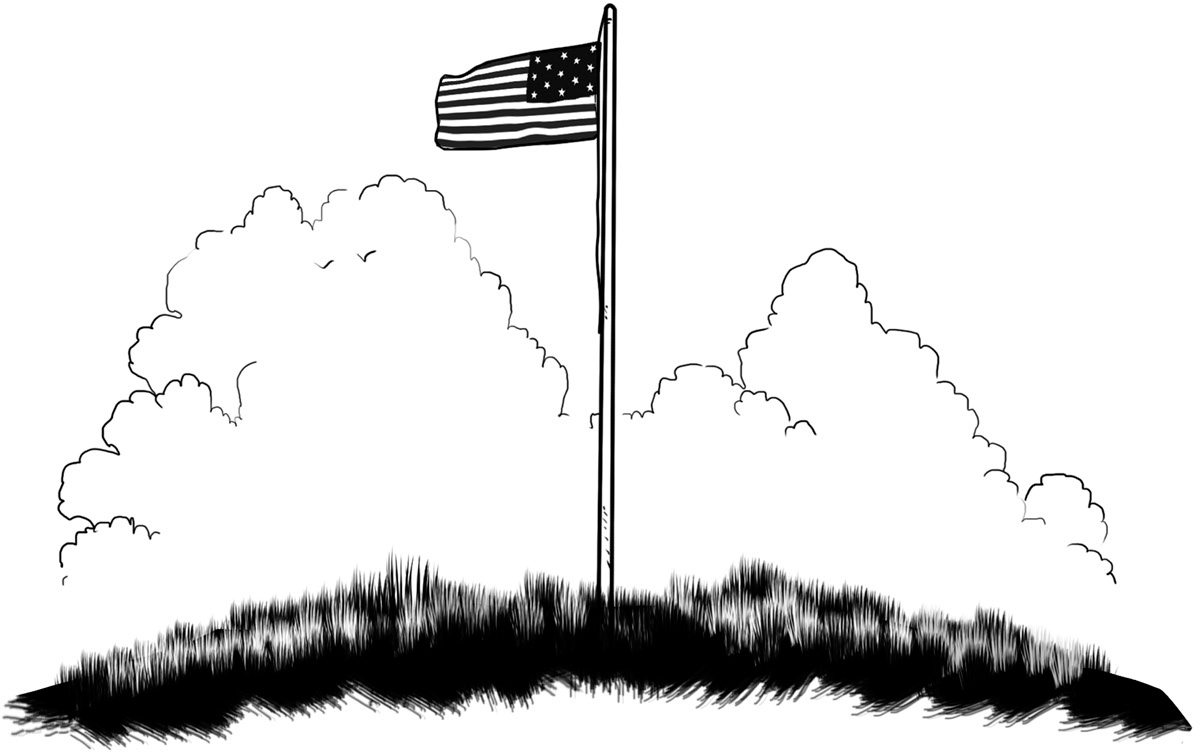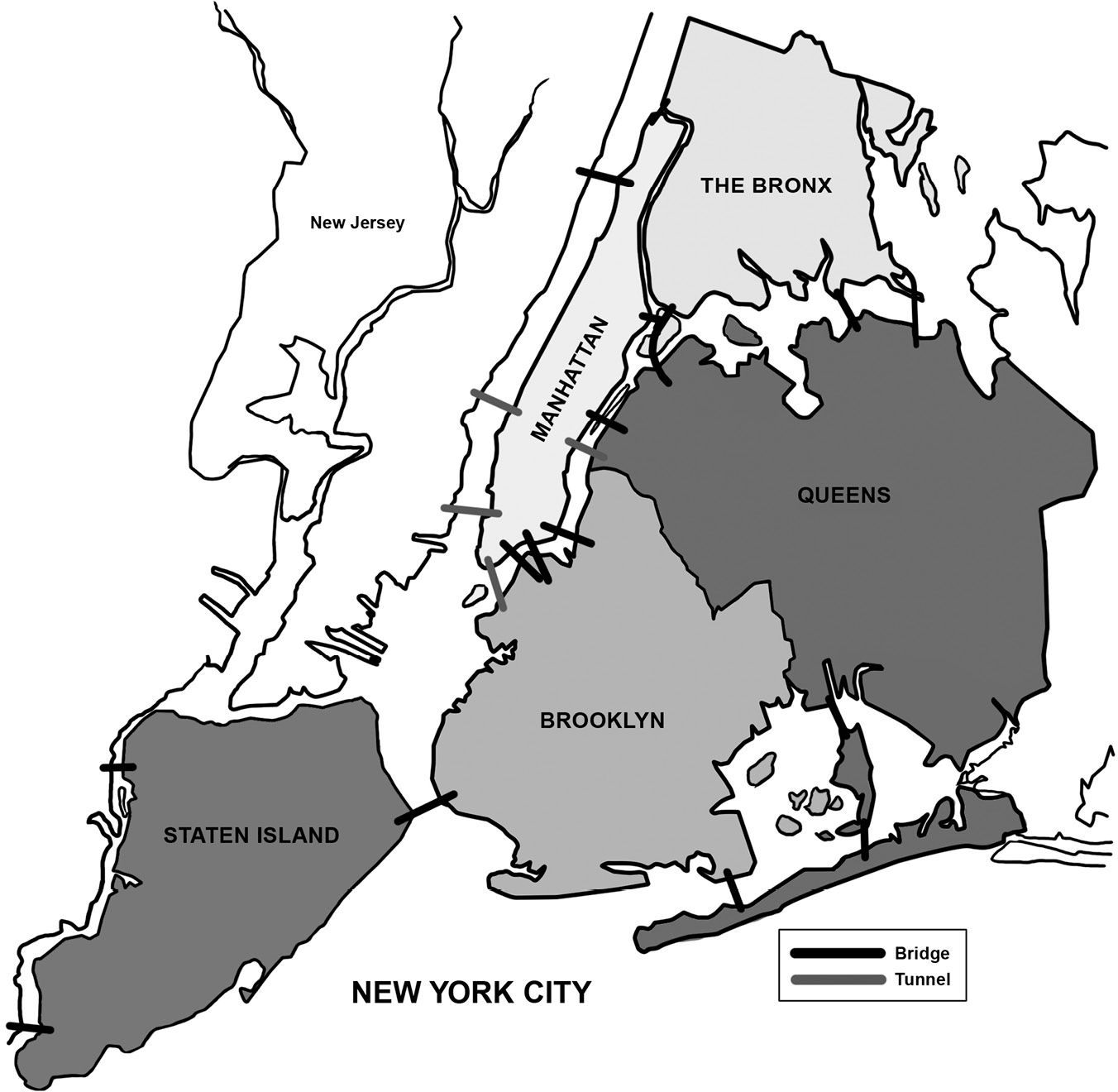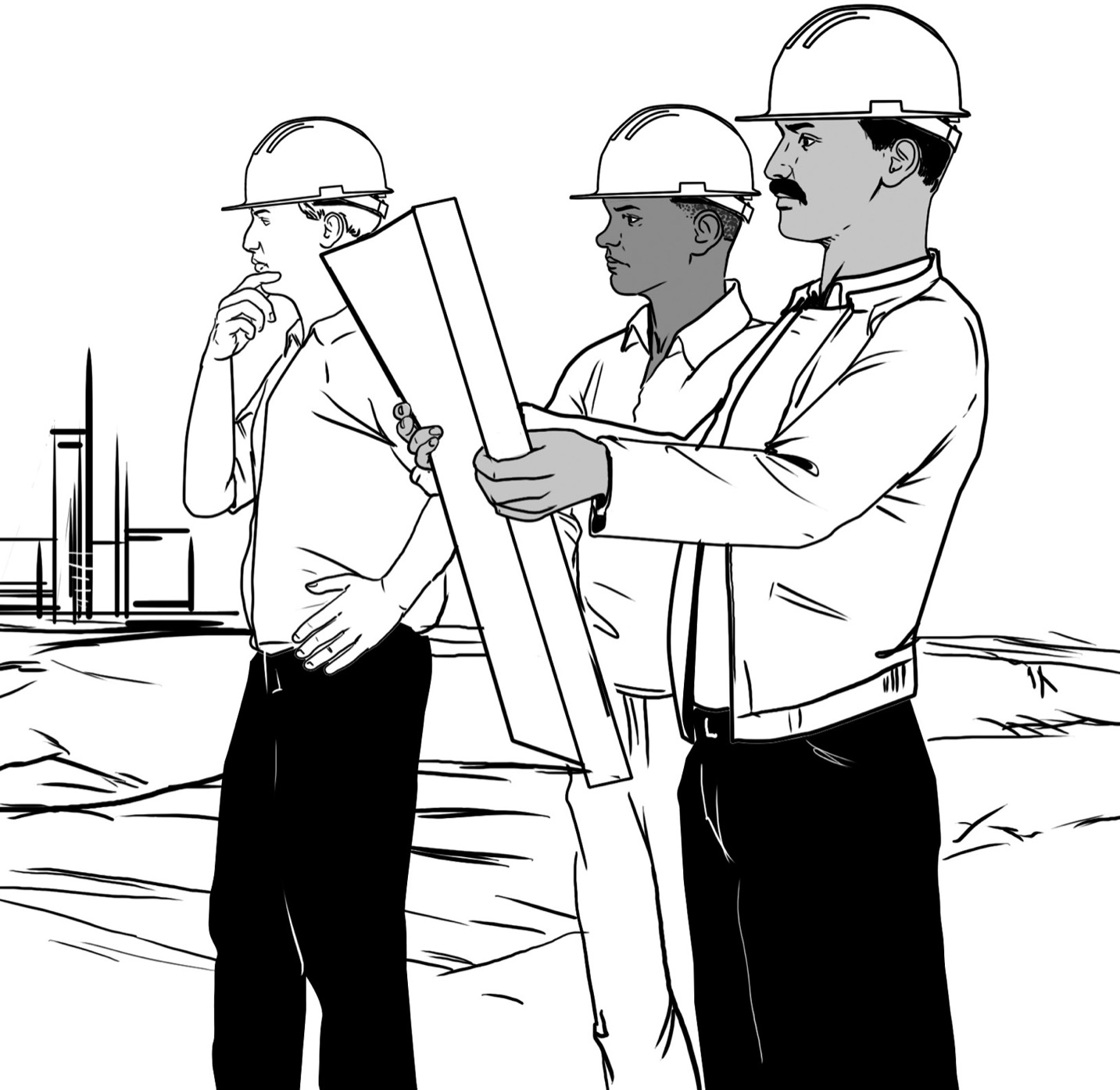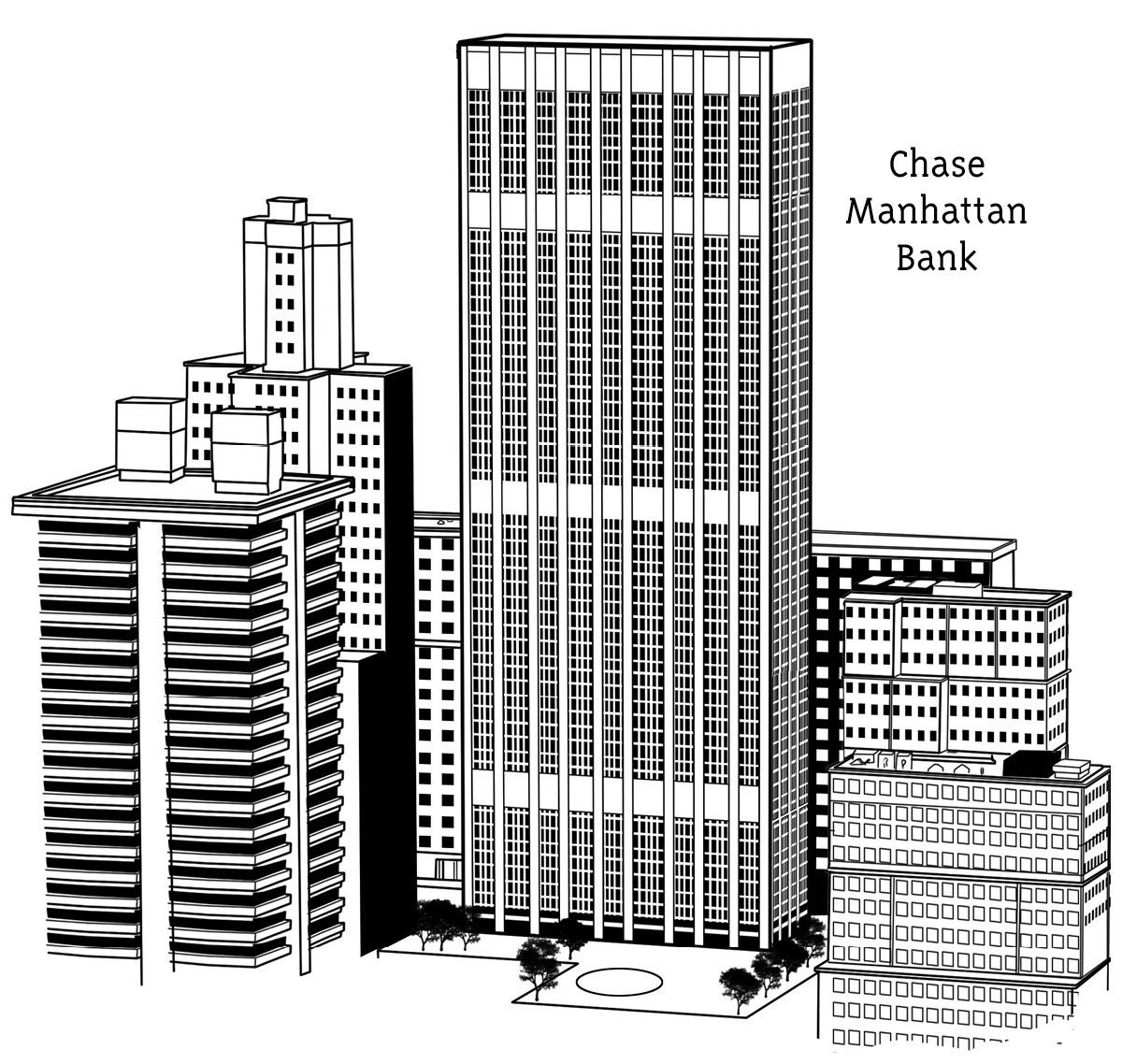Penguin supports copyright. Copyright fuels creativity, encourages diverse voices, promotes free speech, and creates a vibrant culture. Thank you for buying an authorized edition of this book and for complying with copyright laws by not reproducing, scanning, or distributing any part of it in any form without permission. You are supporting writers and allowing Penguin to continue to publish books for every reader.
The publisher does not have any control over and does not assume any responsibility for author or third-party websites or their content.
Text copyright 2016 by Jim OConnor.
Illustrations copyright 2016 by Penguin Random House LLC. All rights reserved. Published by Penguin Workshop, an imprint of Penguin Random House LLC, New York. PENGUIN and PENGUIN WORKSHOP are trademarks of Penguin Books Ltd. WHO HQ & Design is a registered trademark of Penguin Random House LLC.
Visit us online at www.penguinrandomhouse.com.
Library of Congress Control Number: 2016011720.
What Were the Twin Towers?
It was a perfect end-of-summer morning in New York City. The sky was a clear, rich blue and there were no clouds.
At the tip of Manhattan, by 8:20 a.m., people were streaming in from subways and from Staten Island ferryboats. The World Trade Centers Twin Towers gleamed in the sunlight. The North Tower and the South Tower. Some office workers lingered in the tree-lined plaza at the base of the buildings.
Many people were already upstairs at their desks starting work. At the famous Windows on the World restaurant, several companies were hosting business breakfasts. The restaurant was in the North Tower, on the 106th and 107th floors. The view was spectacular that morning. Diners could see more than fifty miles in any direction.
It was just another normal morning. Then at 8:46, everything changed. People on the street heard a roar. They looked up to see a jet airplane overhead. It was flying low, dangerously low. And it was heading straight toward the North Tower. In a matter of seconds, it slammed into floors ninety-three through ninety-nine.
This was the first blow of a terrible attack on the United States of America. In the next seventy-seven minutes, a second plane hit the South Tower. A third plane flew into the Pentagon building just outside of Washington, DC. A fourth plane crashed in central Pennsylvania. Everyone in all four planes was killed, including the nineteen men who had hijacked the flights and carried out the attacks.
By 10:28 that morning, both towers had collapsed, killing 2,606 innocent people. Another 125 died at the Pentagon. In all, 2,977 died on September 11, 2001, counting the passengers and crew on all four planes.
In the months and years that followed, there would be more victims. Many were rescue workerspolice officers and firefightersas well as construction workers who came to clean up the site. They became sick from breathing the polluted air while working at Ground Zero. That became the name for the area where the Twin Towers had once stood.
Why were the Twin Towers targeted? Who was behind the attack? And how did that terrible day change the United States?
CHAPTER 1
Money, Money, Money
More than any other city in the United States, New York has always been a center of business. In America in the 1600s and 1700s, many colonies were founded by groups seeking religious freedom. But not New York. It began as a Dutch trading post called New Amsterdam. Its purpose was to make money.
The Dutch took advantage of the large natural harbor that stayed ice-free all winter. This meant that ships with cargo could come and go all year. And the Hudson River, to the west of New Amsterdam, offered a route to fur trading posts farther inland.
The British forced the Dutch out of New Amsterdam in 1664 and renamed it New York. They stayed over a hundred years, until the end of the Revolutionary War in 1783. After that, New York City became the trading center of a new, young country: the United States of America.
Manhattan, where New York City began, is an island. Because of that, over time six bridges as well as four tunnelstwo under the East River and two under the Hudsonwere constructed to connect Manhattan to mainland areas.
Many of these transportation routes are overseen by an agency called the Port Authority of New York & New Jersey. It has control over the port, covering a twenty-five-mile circle, with the Statue of Liberty at the center. Tolls from bridges and tunnels provide the money for more new projects. In the middle of the twentieth century, the Port Authority headed the biggest building project in New Yorks historythe construction of two skyscrapers, each 110 stories. They were the tallest buildings on the planetat least for a while.
CHAPTER 2
Sky-high Towers
The idea for the World Trade Center was hatched in the brain of a very rich banker. His name was David Rockefeller. He was the president of Chase Manhattan Bank, one of the largest banks in the world.
In 1960, Rockefeller built a new headquarters for the bank. It was a sixty-story, glass-and-steel skyscraper in Lower Manhattan near Wall Street. This area was often called the dullest part of Manhattan. It was full of older office buildings for law firms and accounting companies. At night, it was a ghost town.
David Rockefeller wanted Lower Manhattan to attract all kinds of businesses and become a lively neighborhood. He couldnt afford to build more big skyscrapers by himself, so he approached the Port Authority to help with the project.



